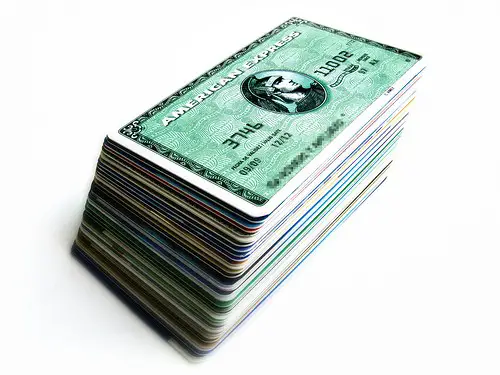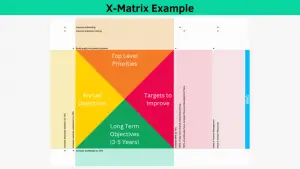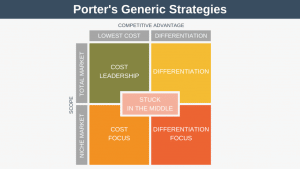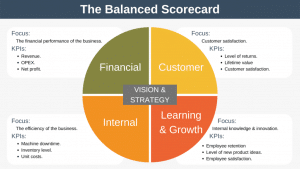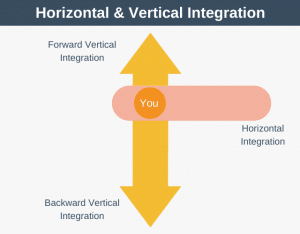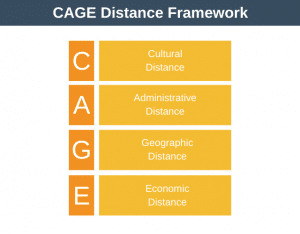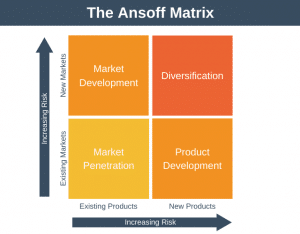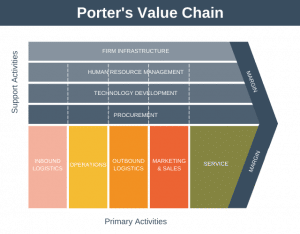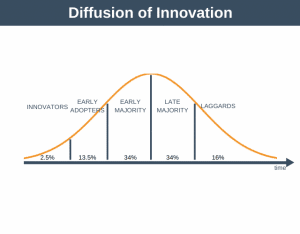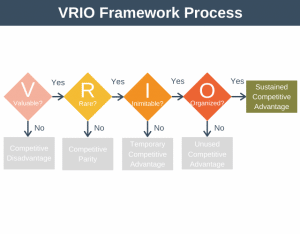Previously we examined the business model of insurance comparison sites using the business model canvas as a template. In this article we’ll examine the business model of personal credit check sites. These sites allow customers to view their credit rating and the factors that influence it. The basic premise is that customers than then if they wish, take steps to improve these factors so that they find it easier to get credit.
Let’s go through each of the 9 sections of the canvas in turn.
1. Customer Segments
These companies target the mass market consumer segment. Within that segment customers are likely to be larger credit users with a number of outstanding loans, but this is not a definite.
2. Value Proposition
The value proposition is that using this software can make it easier for you to get your next loan, essentially, that you should care as much about your credit score as companies do. Your credit check history obviously changes over time, and some companies allow you to subscribe so you can ensure your credit history reflects reality over time. As a hook to the subscription many companies offer the initial credit check for free.
3. Channels
The are two main channels to reach the customer. The first is channel is direct via the website. The second is via affiliates. The business will often recruit affiliates to direct potential customers to the website. If any of this traffic converts to a real customer then the affiliate will receive a cut of the revenue, either on a one-time or monthly basis.
4. Customer Relationships
The relationship with the customer is usually self-service, in that the customer uses the website themselves without any help to view their credit history. There will also typically be customer support via both email and telephone to assist where customers have problems.
5. Revenue Streams
Monthly recurring revenue is received from each customer. This makes it important for this type of business to understand the customer lifetime value of the average customer in order to properly determine its advertising budget and other costs.
6. Key Resources
The website and the platform behind it are the key resource of this type of business.
7. Key Activities
Marketing is a major activity for this type of business, both towards the consumer themselves and also to potential affiliates. Continuous platform development is another major activity.
8. Key Partnerships
Although this type of business has many affiliates, the key partnerships will be with those businesses the platform must integrate with in order to provide an accurate and comprehensive credit report.
9. Cost Structure
From examining the previous 8 aspects of the business model it should come as no surprise that the major costs for this type of business focus on marketing activities and ongoing platform development.
Summary
This type of business is very similar to financial product comparison sites in terms of cost structure, channels, key resources and activities. The main difference is that this type of business actually has a product to sell whereas financial product comparison sites don’t.
* Image by Andres Rueda
